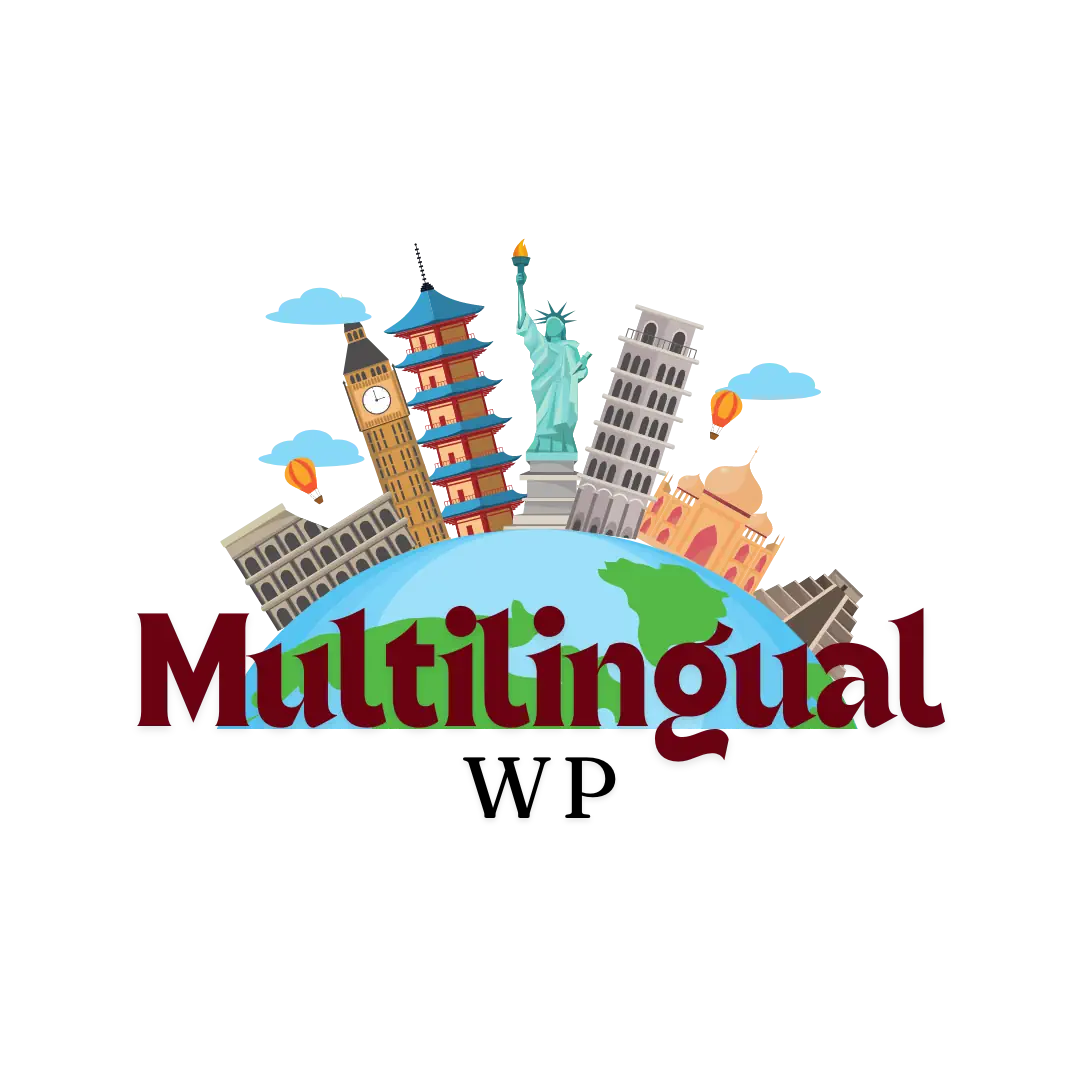A language switcher may look like a simple UI element, but for multilingual WordPress websites, it is a critical component of usability and international SEO. Done correctly, it provides users with a seamless way to access content in their preferred language and ensures search engines can crawl and understand language variants. Done poorly, it can frustrate users, create SEO issues, damage conversions, and lead to bounce-backs.
This guide explains how to correctly implement language switchers on WordPress, common mistakes to avoid, and best practices to provide a professional, user-friendly multilingual experience.
What a Language Switcher Does
A language switcher allows visitors to switch between language versions of your website. It must:
- Help users quickly find the right language
- Keep users on the same page when switching languages
- Support accessibility and UX best practices
- Provide SEO-friendly linking between language versions
A language switcher is more than a menu item. It is part of your global navigation experience.
Types of Language Switchers in WordPress
There are several common formats:
Dropdown Menu
Compact and clean, ideal for minimalist designs or mobile-first websites.
Inline Text Links
Simple text labels in header or footer, such as:
English | Español | Français
Flag Icons
Flags visually represent languages, but are often discouraged because flags represent countries, not languages.
Combined (Text + Flag)
Useful when serving regional variations (for example: English US vs English UK).
Sticky or Floating Switcher
Visible on scroll, common for SaaS and eCommerce localization.
Your choice should match your brand layout, user flow, and language volume.
Where to Place the Language Switcher
Correct placement improves usability and conversion. Recommended positions:
- Top right corner of header
- Main navigation menu
- Above the fold in mobile menu
- Footer (secondary access point)
Avoid burying the switcher in hard-to-find locations. Users expect it to be visible and accessible across all pages.
Key Requirements for an Effective Language Switcher
1. Keep Users on the Same Page
When a user switches languages, they should land on the equivalent page in the other language, not the homepage.
This requires proper URL mapping. Good translation plugins handle this automatically.
2. Use Language Names, Not Flags Alone
Flags may confuse multilingual regions such as Switzerland, Belgium, or Arabic-speaking countries. Always include text labels.
Example:
EN | ES | DE
or
English, Español, Deutsch
3. Match Design and Accessibility Standards
- Include aria-labels for screen readers
- Ensure keyboard navigation works
- Provide adequate contrast
- Avoid overloaded dropdowns
Accessibility impacts both UX and compliance in many countries.
4. Support Search Engine Crawling
Language switcher links should use clean, crawlable internal links that lead directly to language-specific URLs.
Avoid JavaScript-only switchers that hide links from crawlers.
5. Use Clear Language Codes or Names
Good examples:
- English (EN)
- Español (ES)
- Français (FR)
Avoid ambiguous abbreviations like “CH” unless targeting Switzerland specifically.
Recommended WordPress Plugins with Proper Language Switchers
Most modern multilingual plugins include language switcher features. The most reliable options:
| Plugin | Switcher Type | Notes |
|---|---|---|
| WPML | Menu, widget, shortcode | Strong SEO controls |
| Polylang | Menu, widget, code | Lightweight and flexible |
| TranslatePress | Floating switcher + menu | Good visual customization |
| Weglot | Auto switcher + SEO-friendly | Fast deployment, external platform |
Choose based on your site complexity, SEO needs, and translation workflow.
Custom Language Switcher Tips
For developers or advanced setups:
- Pull language URLs from WordPress i18n functions or plugin APIs
- Avoid hard-coding language links
- Ensure fallback language logic
- Test with JavaScript disabled
- Validate hreflang link relationships
Custom switchers allow pixel-perfect control for enterprise or high-traffic web projects.
Common Mistakes to Avoid
| Mistake | Problem |
|---|---|
| Redirecting to homepage | Breaks user flow |
| Using flags only | Cultural and UX confusion |
| Not linking to real translated pages | Bad UX + SEO issues |
| Hidden or small switcher | Users cannot find it |
| JavaScript-only switchers | Can harm SEO |
| Mixing dialects incorrectly | Confuses users (example: ES-ES vs ES-MX) |
Avoid shortcuts. Language switching directly impacts global user experience.
Testing Your Language Switcher
Before launching, verify:
- Same-page translation linking works
- Crawler-friendly URLs exist
- No broken links or redirects
- Mobile UI displays properly
- Dropdowns and navigation are functional
- WCAG accessibility compliance
Run tests using:
- Browser dev tools
- Mobile devices
- Screen reader simulation
- Search engine crawling tools
Conclusion
A language switcher is not a simple design element. It is a critical part of multilingual UX and SEO success. A well-implemented switcher makes it easy for users to navigate languages, stay engaged, and convert. A poorly configured one leads to confusion, lost traffic, and abandoned sessions.
Prioritize clarity, accessibility, and SEO robustness, and select the right plugin or custom implementation based on your site goals.
